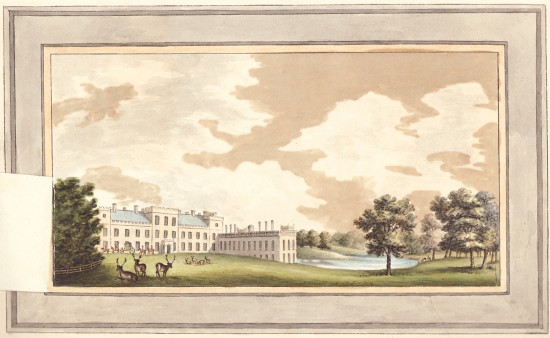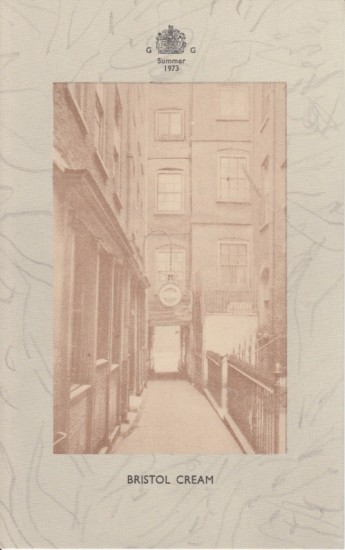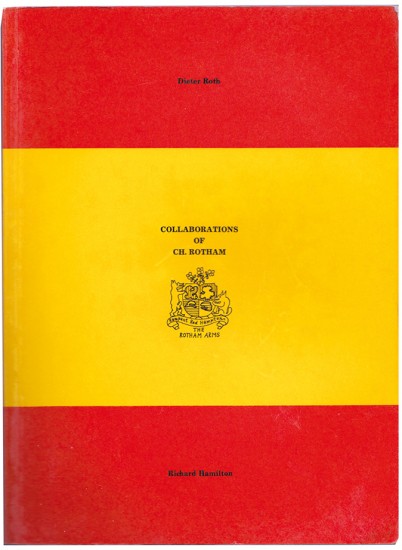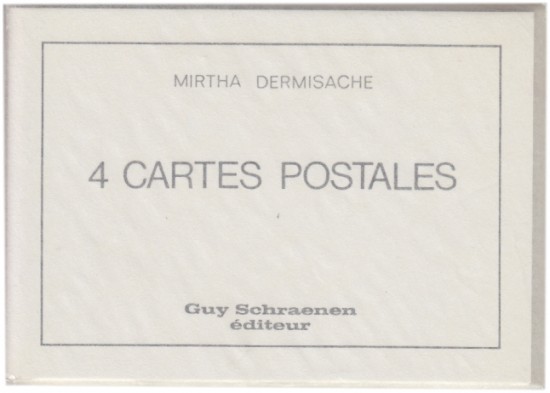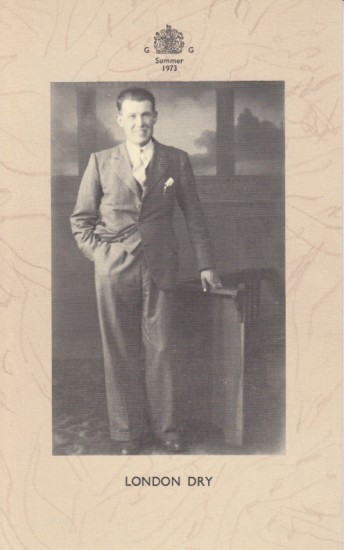Sketches and Hints on Landscape Gardening &c
Repton, Humphry
London. William Bulmer. 1794
Sold
First edition of Repton's first book on landscape gardening with an original watercolour with overslip of the Duke of Portland's Welbeck Abbey.
The third Duke of Portland (William Henry Cavendish Bentinck), one of Repton's most important patrons, commissioned three Red Books (1790, 1793 and 1803) to illustrate Repton's proposed changes, both architectural and in terms of landscaping, to Welbeck Abbey. The present watercolour, depicting the West Front, displays Repton's proposed changes to the facade of the main house - together with the front as it stood - with particular emphasis on the pediment, parapets and roof, changes that were, ultimately, adopted. The same view was used by Repton - colour aquatint with overslip - in his first published work (see plate IV), Sketches and Hints of Landscape Gardening (published in 1794) and is described in the 'Explanation of the Plates' thus: 'The west front of Welbeck altered, by raising the earth above the lower story; and thus placing the house upon an eminence. - The roof also is partly hid by turrets; and further improved, by changing its colour.'
'I have therefore availed myself of the honour conferred upon me by his Grace the Duke of Portland, in permitting me to use the red book of Welbeck as the ground work of the present volume ... '. (Repton writing in the 'Advertisement').
Humphry Repton (1752 - 1818) was England's preeminent landscape gardener of the late eighteenth century. Repton aspired to the role of Capability Brown's heir and while he differed enormously in his approach to landscape gardening, there was no other real contender for that role. Repton - satirised by Thomas Love Peacock as Marmaduke Milestone for his use of picturesque monogrammed milestones in some of his works - had a greater aesthetic approach to landscaping than Brown and was more sensitive to the position of a house within its surroundings. Where Brown had been a contractor, Repton acted as a consultant, producing his famous Red Books with their before and after views (as in this work, the effect was contrived with overslips) before leaving actual work to others. Repton was also innovative in his introduction of specific themed gardens (Chinese, American, arboretums and so on) and his use of trellissing, flower gardens and terracing to surround a house, prefiguring later nineteenth century innovations in the field.
'I once thought it would be possible to form a complete system of Landscape Gardening, classed under certain general rules, to which this art is as much subject as Architecture, Music, or any other of the polite arts: but though daily experience convinced me that such rules do actually exist, yet I have found so much variety in their application, and so much difficulty in selecting proper examples, without greatly increasing the number of expensive plates, that I have preferred this mode of publishing a Volume of HINTS and SKETCHES; being detached fragments, collected from my different works.' (Repton writing in his Advertisement to the volume).
[Abbey Scenery 388; Tooley 400].
The third Duke of Portland (William Henry Cavendish Bentinck), one of Repton's most important patrons, commissioned three Red Books (1790, 1793 and 1803) to illustrate Repton's proposed changes, both architectural and in terms of landscaping, to Welbeck Abbey. The present watercolour, depicting the West Front, displays Repton's proposed changes to the facade of the main house - together with the front as it stood - with particular emphasis on the pediment, parapets and roof, changes that were, ultimately, adopted. The same view was used by Repton - colour aquatint with overslip - in his first published work (see plate IV), Sketches and Hints of Landscape Gardening (published in 1794) and is described in the 'Explanation of the Plates' thus: 'The west front of Welbeck altered, by raising the earth above the lower story; and thus placing the house upon an eminence. - The roof also is partly hid by turrets; and further improved, by changing its colour.'
'I have therefore availed myself of the honour conferred upon me by his Grace the Duke of Portland, in permitting me to use the red book of Welbeck as the ground work of the present volume ... '. (Repton writing in the 'Advertisement').
Humphry Repton (1752 - 1818) was England's preeminent landscape gardener of the late eighteenth century. Repton aspired to the role of Capability Brown's heir and while he differed enormously in his approach to landscape gardening, there was no other real contender for that role. Repton - satirised by Thomas Love Peacock as Marmaduke Milestone for his use of picturesque monogrammed milestones in some of his works - had a greater aesthetic approach to landscaping than Brown and was more sensitive to the position of a house within its surroundings. Where Brown had been a contractor, Repton acted as a consultant, producing his famous Red Books with their before and after views (as in this work, the effect was contrived with overslips) before leaving actual work to others. Repton was also innovative in his introduction of specific themed gardens (Chinese, American, arboretums and so on) and his use of trellissing, flower gardens and terracing to surround a house, prefiguring later nineteenth century innovations in the field.
'I once thought it would be possible to form a complete system of Landscape Gardening, classed under certain general rules, to which this art is as much subject as Architecture, Music, or any other of the polite arts: but though daily experience convinced me that such rules do actually exist, yet I have found so much variety in their application, and so much difficulty in selecting proper examples, without greatly increasing the number of expensive plates, that I have preferred this mode of publishing a Volume of HINTS and SKETCHES; being detached fragments, collected from my different works.' (Repton writing in his Advertisement to the volume).
[Abbey Scenery 388; Tooley 400].
pp. xvi, 83, (3). Oblong 4to. (268 x 370 mm). Half-title, title, dedication 'to the King', contents leaf, advertisement, leaf with 'Catalogue of those Red Books', introduction (pp. iv) and 16 aquatint plates, some folding, most with one or even two overslips; colour watercolour with wash frame by Humphry Repton (before 1794 - see below) pasted to initial blank leaf depicting Welbeck Abbey, showing the park with deer, the lake, trees and carriages at the door and with overslip depicting Repton's proposed alterations. Image size: 166 x 274 mm; sheet size: 198 x 302 mm. Later green half-morocco, green morocco title label with gilt title and decorative tooling, spine with gilt title and elaborate decoration in gilt, marbled endpapers and edges.
#41138
